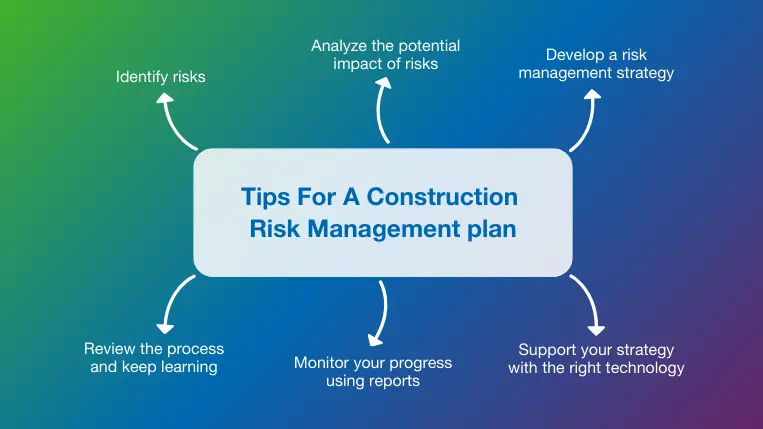Exploring the Sustained Benefits and Importance of Risk Management for Startups
Exploring the Sustained Benefits and Importance of Risk Management for Startups
Blog Article
The Relevance of Understanding the Importance of Risk Management in Different Industries

The Core Idea of Risk Management and Its Function
Risk Management, the cornerstone of many sectors, rests on the recognition, analysis, and mitigation of uncertainties in a company atmosphere. It is an essential practice that permits companies to safeguard their assets, track record, and total survival. By appropriately identifying possible risks, organizations can create methods to either protect against these risks from happening or decrease their influence. The evaluation procedure entails evaluating the chance and prospective severity of these threats. When dangers have actually been recognized and assessed, the mitigation procedure involves creating techniques to reduce their possible influence. This procedure is continuous and intermittent, guaranteeing that services are planned for the ever-changing nature of Risk in various markets. The key function, hence, is to promote strength in the middle of unpredictabilities.
Benefits of Executing Risk Management in Service Workflow

Unveiling the Duty of Risk Management in Different Industries
While every industry confronts its one-of-a-kind collection of threats, the implementation of Risk Management techniques remains an usual denominator in their search of sustainability and growth. In the medical special info care sector, Risk Management requires making certain person safety and information protection, while in financing, it involves mitigating financial investment risks and making certain regulatory conformity. Ultimately, the duty of Risk Management throughout industries is to identify, examine, and reduce threats.
Real-life Instance Researches Demonstrating Effective Risk Management
To understand the importance of Risk Management in these lots of sectors, one can look to a number of real-life instances that illustrate the effective application of these actions. Toyota, publish the 2011 quake in Japan, modified its supply chain Management to decrease disturbance threats. These instances demonstrate how markets, discovering from situations, effectively applied Risk Management strategies to reduce future risks.
Future Trends and Advancements in Risk Management Strategies
As the world proceeds to progress, so as well do the fads and growths in Risk Management approaches. Rapid developments in modern technology and information analytics are reshaping the Risk landscape. Large data and AI are currently instrumental in predicting and minimizing risks. Organizations are leveraging these devices to construct anticipating models and make data-driven decisions. Cybersecurity, when a peripheral problem, has actually catapulted to the leading edge of Risk Management, with methods concentrating on discovery, action, and avoidance. The assimilation of ESG (Environmental, Social, Administration) aspects into Risk Management is another growing fad, read this post here mirroring the raising acknowledgment of the function that social and ecological risks play in business sustainability. Hence, the future of Risk Management lies in the blend of innovative modern technology, ingenious strategies, and an all natural method.
Verdict
In conclusion, comprehending the relevance of Risk Management throughout a range of industries is essential for their long life and prosperity. Ultimately, successful Risk Management contributes to much more lasting and resilient businesses, highlighting the significance of this method in today's vibrant and highly affordable organization environment.
While every sector confronts its one-of-a-kind set of risks, the execution of Risk Management techniques remains a typical in their this contact form search of sustainability and growth. In the medical care industry, Risk Management requires guaranteeing individual safety and security and data defense, while in money, it entails mitigating financial investment risks and guaranteeing regulatory conformity. Ultimately, the function of Risk Management across sectors is to determine, examine, and mitigate dangers. These situations demonstrate how markets, finding out from dilemmas, successfully used Risk Management strategies to lower future threats.
Report this page